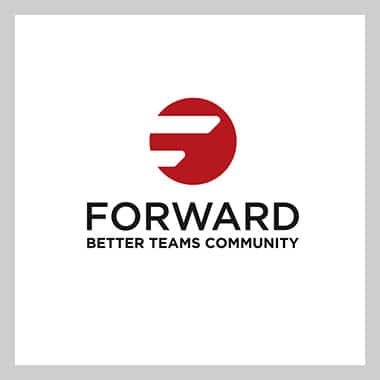As the tools and platforms used for a virtual meeting increase and expand with new features on a weekly basis, it is also true that people are becoming open to them, as well as more competent using them.
At this point, a video call is a no-brainer. Most people are adept at logging on, solving simple audio/visual challenges, and even sharing their screens. Chat is an easy and common way to communicate through virtual calls. More and more people are familiar and comfortable with breakout rooms and annotation features too.
The new frontier is moving way past a video call virtual meeting to being able to collaborate online together using a common platform. Mural, Mirro, Klaxoon, Vibe Boards, and IdeaBoardz are just a few of the more commonly used collaboration tools. It’s quite amazing to watch a skilled facilitator or leader guide a team through a virtual meeting using these tools.
Yet, the use of the collaboration tools doesn’t come without a cost. It takes time to learn them well, it takes time to set them up, and it takes time to get new users comfortable enough within the tool to use it in a meeting.
While there are some types of meetings that would be difficult to pull off without a sophisticated collaboration tool, such as a full-blown strategic planning session, I’m finding many meetings can be facilitated with just the basic tools. Sometimes it saves time and stress for everyone, to simply pull up a whiteboard or an Excel doc via shared screen… and it’s just as effective.
As we plan our virtual meetings and think about how we will gather and work with information together, we must decide what is the best tool in each situation.
What is a basic collaboration tool?
The simplest ways to collaborate online are by using the tools we all have access to within our meeting platforms (i.e., Zoom, Teams). These include:
- Sharing a whiteboard or slide board and allowing the team to annotate on it.
- Sharing a document via Google Docs and inviting the team to participate in that living document.
- Sharing your own screen, opening Word or Excel, and capturing key information as it is shared.
When does a basic method of collaboration work?
- When the team (or members of the team) are not tech-savvy.
- When the team (or members of the team) have never used a platform such as Mural and they will have a learning curve to do even a simple task, such as creating a sticky note.
- When you have a limited amount of time, and any time spent learning a new tool is counterproductive.
- When the team wants to have the outputs of that meeting in an easy to edit documents such as Word or Excel. (Your board may be a beautiful image, but it may be hard to extract the information later).
- When what you are doing is simple and can easily be done using simple tools, practice the KISS method (Keep It Simple Stupid).
What is a sophisticated collaboration tool?
- A tool designed for visual collaboration, including the placement of sticky notes, tables, images, that has a large space where multiple team engagements can all facilitated.
- Examples include: Mural, Mirro, Klaxoon, Vibe Board, Jam Board
- Another tool that is a easier to learn and use, but also has less functionality than other collaboration tools is IdeaBoardz. IdeaBoardz is a free app that allows a team to create and organize sticky notes, yet has limitations with how you can set things up and what can be edited.
When is it worth the time and energy to use a sophisticated collaboration tool (i.e., Mural, Mirro, Klaxoon, etc.)?
- When you are facilitating a group through a series of processes that build on each other, having all of the inputs/information on one big board creates visual continuity and connections.
- When the team is familiar and skilled in a tool.
- When you have enough time to teach people how to use the tools they need in that meeting.
Summary
We have more tools and options than ever before. The more we all use them, the easier they will get and the more value we will get from them. Meanwhile, be thoughtful about which tools to use and when to use them. Keep in mind, just because you can use a more sophisticated collaboration tool, doesn’t mean you should.
About the Author: Leigh Ann Rodgers, Founder of Better Teams and the Forward, community, is an IAF Certified Professional Facilitator with 20 years of experience in the human development field. Leigh Ann is a skilled meeting facilitator, trainer, and coach working across the globe to help leaders cultivate teams that are happy and high-performing.
Learn. Share. Practice. Move FORWARD. Join the Better Teams community, FORWARD, to network and grow with some of the most experienced professionals in the field of team building and facilitation. LEARN MORE


2 Responses
Nicely put, Leigh Ann! And thanks so much for introducing me to IdeaBoardZ. It’s been a super useful tool with clients because it has a very low learning curve and uses only sticky notes, a concept that people are very comfortable with.
Robin – I have enjoyed the simplicity of IdeaBoardz too. While there are limitations, it easy for clients to use. Glad you’ve found it helpful too.